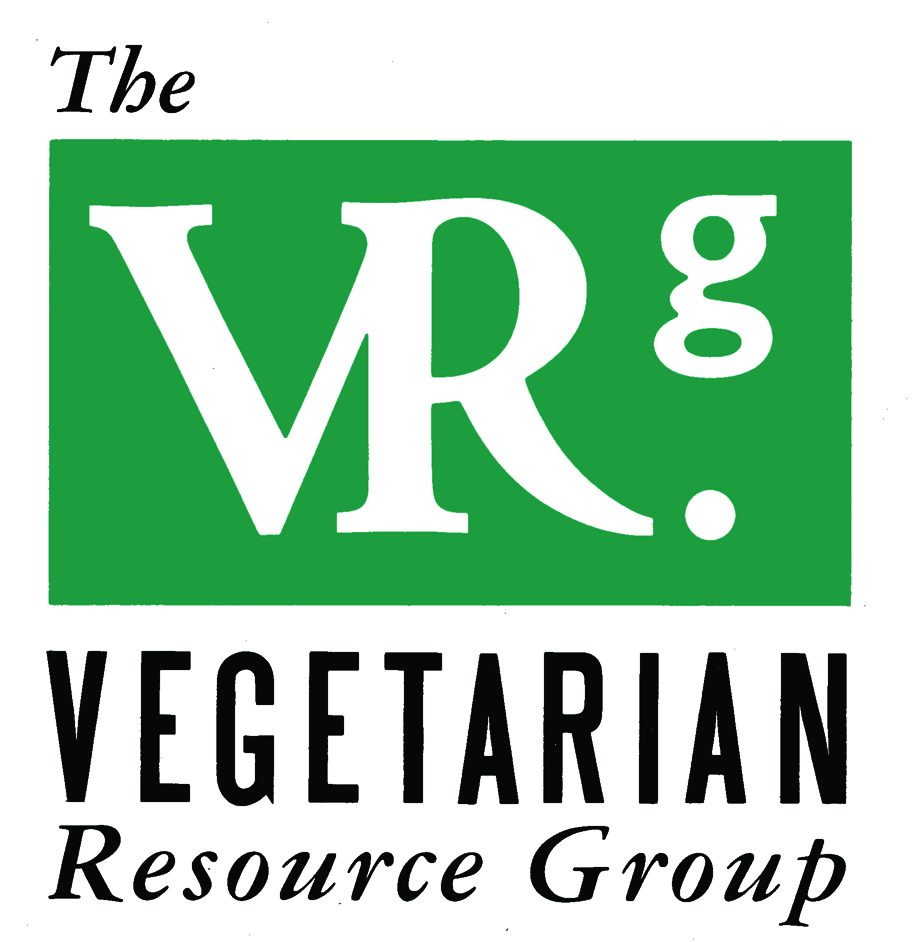By Jeanne Yacoubou, MS
The Vegetarian Resource Group recently received an email inquiry.
“I’ve had a question for some time now and it does not matter how much I scan through the Internet, the answer will not come up. I spend quite a bit of time. Hope you can help.
Sometimes an ingredient named ”nature identical [vanilla] flavor” is listed on a product’s ingredient list. I know that artificial flavors are sometimes derived from an animal origin (especially the vanilla one), but this one is different in that it’s synthesized in a lab. To my understanding the synthesis is made with a pre-existing tissue or batch, and that may be of animal origin? Maybe, but there really is not enough material online.
I’d be glad to hear any suggestions and general help with nature identical flavors.”
Response:
Artificial flavors, by definition, are never DERIVED from animal (or plant) sources. (They are derived from petrochemicals.) It is possible, however, that an artificial flavor is chemically identical to one derived from an animal.
Here is the FDA’s definition: https://www.accessdata.fda.gov/scripts/cdrh/cfdocs/cfcfr/cfrsearch.cfm?fr=101.22
FDA provides no definition of “natural.” “Nature identical” is also undefined. “Natural flavoring” is somewhat helpful (in previous link).
It appears from my reading articles on flavorings and speaking to flavor companies over the years that “nature identical” is similar to artificial in how the ingredients are manufactured. BUT “nature identical” ingredients ARE chemically identical to those found in nature while artificial ingredients may not be. “Nature identical” ingredients cannot have any artificial ingredients comprising them. In other words, “nature identical” ingredients are from sources found in nature including plant and animal sources.
Despite what is stated sometimes, my research shows that natural vanilla and vanilla-like flavorings are never derived from animals on a commercial basis. See:
https://www.vrg.org/blog/2011/06/17/beaver-gland-castoreum-not-used-in-vanilla-flavorings-according-to-manufacturers/
Today, most ingredients (and there are many with similar sounding names such as vanillin, ethyl vanillin, etc.) used in foods intended to mimic real vanilla from vanilla beans are derived from wood pulp. I would classify them as “nature identical” to those flavorful chemicals in the vanilla beans – not as artificial.
Despite the 2011 date of my article, it is plausible to assume that it is still accurate today especially given the recent movement toward more “clean” labeling on food labels:
https://www.foodinsiderjournal.com/clean-label/75-consumers-will-pay-extra-clean-label-ingredients
https://newfoodeconomy.org/clean-label-dirty-little-secret/
In other words, synthetic ingredients (those derived from petrochemicals and nature identical ingredients) are preferred over animal-derived ingredients because of the greater quality control that synthetic ingredients afford.
Similarly, common ingredients (such as ethanol which could theoretically be made from petrochemicals) in both food and a host of other consumer products are often made from plant-based staples such as corn or trees because of the ready availability and inexpensive cost of many plant sources.
For a better visual representation of the chemistry involved in making common food flavorings, including vanilla, I recommend this article:
http://sitn.hms.harvard.edu/flash/2015/the-flavor-rundown-natural-vs-artificial-flavors/
Overall it is well-documented except in the one place we’re most interested in tracking the source of the vanilla: the number of pounds of animal-derived castoreum used annually in vanilla production. (It is a very small percentage and could even be zero but I can’t place a number on it.)
The author states 300 lbs. annually; this value may be from the 2005 source (#13) cited to support the previous sentence in her article. Possibly contacting her directly will yield more information.
Here is information on other ingredients: https://www.vrg.org/ingredients/index.php
The contents of this posting, our website, and our other publications, including Vegetarian Journal, are not intended to provide personal medical advice. Medical advice should be obtained from a qualified health professional. We often depend on product and ingredient information from company statements. It is impossible to be 100% sure about a statement, info can change, people have different views, and mistakes can be made. Please use your best judgment about whether a product is suitable for you. To be sure, do further research or confirmation on your own.
